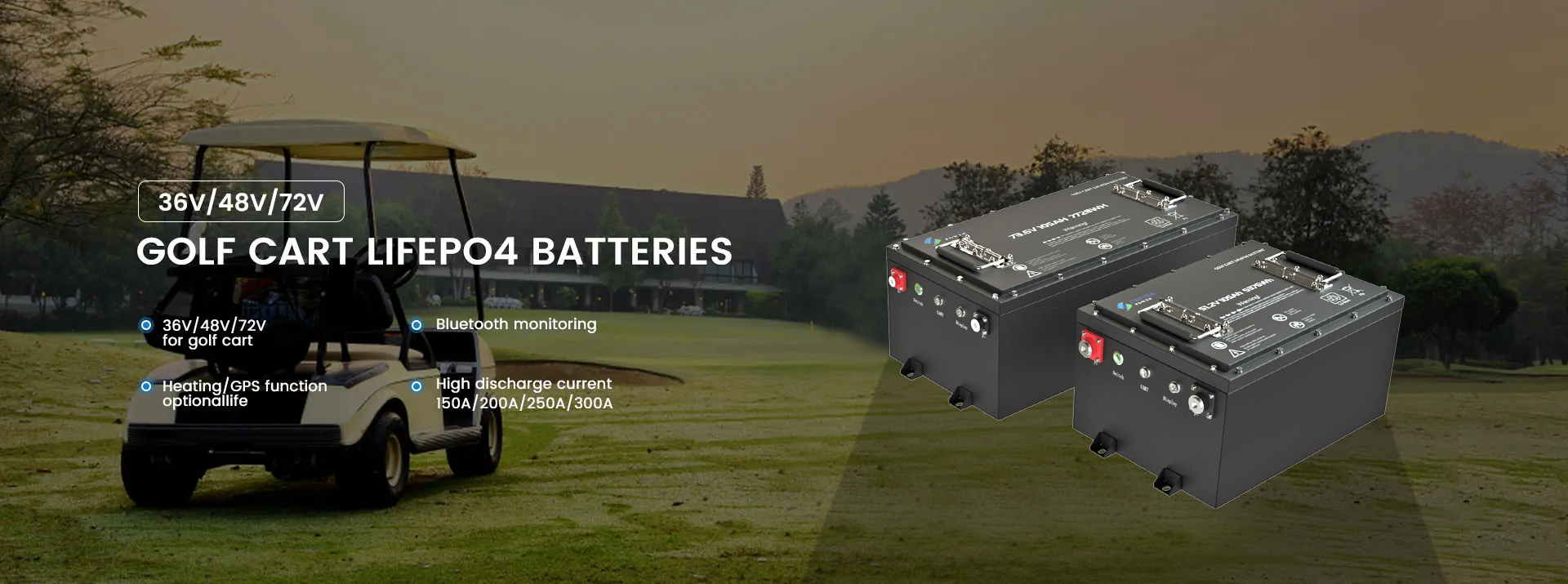
Choosing the best type of battery for an RV depends on your needs, budget, and the type of RVing you plan to do. Here's a breakdown of the most popular RV battery types and their pros and cons to help you decide:
1. Lithium-Ion (LiFePO4) Batteries
Overview: Lithium iron phosphate (LiFePO4) batteries are a subtype of lithium-ion that have become popular in RVs due to their efficiency, longevity, and safety.
- Pros:
- Long Lifespan: Lithium batteries can last 10+ years, with thousands of charge cycles, making them very cost-effective long-term.
- Lightweight: These batteries are much lighter than lead-acid batteries, reducing overall RV weight.
- High Efficiency: They charge faster and provide consistent power throughout the entire discharge cycle.
- Deep Discharge: You can safely use up to 80-100% of a lithium battery’s capacity without shortening its lifespan.
- Low Maintenance: Lithium batteries require little maintenance.
- Cons:
- Higher Initial Cost: Lithium batteries are expensive upfront, though they are cost-effective over time.
- Temperature Sensitivity: Lithium batteries don’t perform well in extreme cold without a heating solution.
Best For: Full-time RVers, boondockers, or anyone needing high power and a long-lasting solution.
2. Absorbed Glass Mat (AGM) Batteries
Overview: AGM batteries are a type of sealed lead-acid battery that uses a fiberglass mat to absorb the electrolyte, making them spill-proof and maintenance-free.
- Pros:
- Maintenance-Free: No need to top off with water, unlike flooded lead-acid batteries.
- More Affordable Than Lithium: Generally cheaper than lithium batteries but more expensive than standard lead-acid.
- Durable: They have a sturdy design and are more resistant to vibration, making them ideal for RV use.
- Moderate Depth of Discharge: Can be discharged up to 50% without significantly shortening lifespan.
- Cons:
- Shorter Lifespan: Last fewer cycles than lithium batteries.
- Heavier and Bulkier: AGM batteries are heavier and take up more space than lithium.
- Lower Capacity: Typically provide less usable power per charge compared to lithium.
Best For: Weekend or part-time RVers who want a balance between cost, maintenance, and durability.
3. Gel Batteries
Overview: Gel batteries are also a type of sealed lead-acid battery but use a gelled electrolyte, which makes them resistant to spills and leaks.
- Pros:
- Maintenance-Free: No need to add water or worry about electrolyte levels.
- Good in Extreme Temperatures: Performs well in both hot and cold weather.
- Slow Self-Discharge: Holds a charge well when not in use.
- Cons:
- Sensitive to Overcharging: Gel batteries are more prone to damage if overcharged, so a specialized charger is recommended.
- Lower Depth of Discharge: They can only be discharged to around 50% without causing damage.
- Higher Cost Than AGM: Typically more expensive than AGM batteries but don’t necessarily last longer.
Best For: RVers in regions with temperature extremes who need maintenance-free batteries for seasonal or part-time use.
4. Flooded Lead-Acid Batteries
Overview: Flooded lead-acid batteries are the most traditional and affordable battery type, commonly found in many RVs.
- Pros:
- Low Cost: They are the least expensive option upfront.
- Available in Many Sizes: You can find flooded lead-acid batteries in a range of sizes and capacities.
- Cons:
- Regular Maintenance Required: These batteries need frequent topping up with distilled water.
- Limited Depth of Discharge: Draining below 50% capacity reduces their lifespan.
- Heavier and Less Efficient: Heavier than AGM or lithium, and less efficient overall.
- Ventilation Required: They release gases when charging, so proper ventilation is essential.
Best For: RVers on a tight budget who are comfortable with regular maintenance and mainly use their RV with hookups.

Post time: Nov-08-2024





